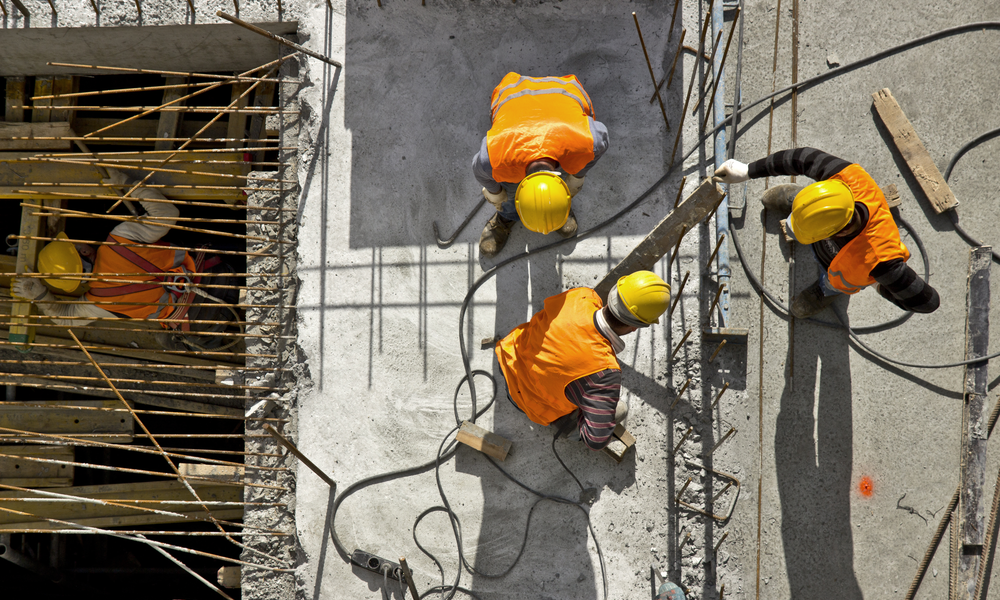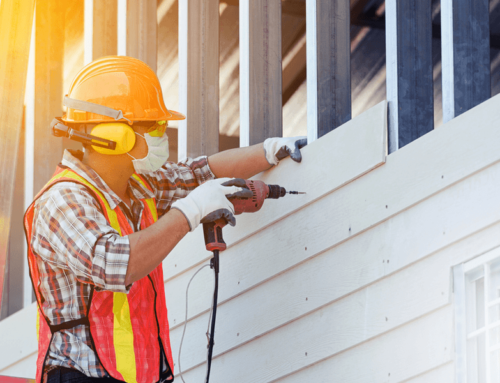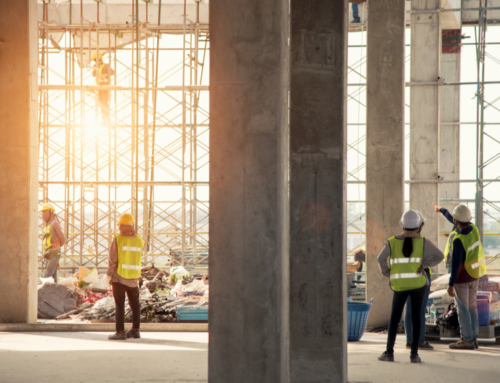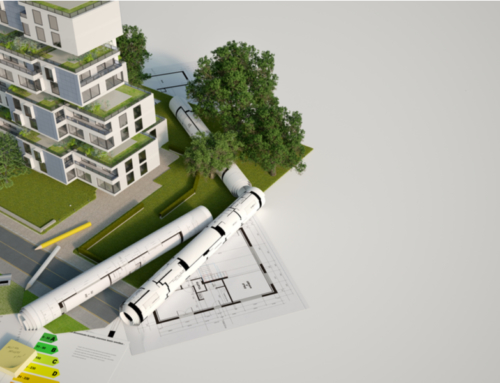As the technology used in the architecture, engineering, and construction (AEC) trades advances and allows for safer construction, governments often place mandates or standards on construction projects to ensure that the both the workers and the future occupants are protected by those safer, more advanced techniques or technologies. Building Information Modeling, or BIM, is one of the newest techniques in the AEC industry, and is quickly becoming mandated in countries around the world. Visit Smarcon’s Projects page to see the benefits of BIM construction in action.
Building Information Modeling is more than a single tool or piece of software: BIM can be thought of more as a process or a technique that is defined by increasing levels of collaboration between trades, using the same 3D model. Regulation or mandating of BIM usage by governmental bodies often mandates a minimum level of BIM usage. BIM levels are generally labeled from zero to three, indicating increasing levels of collaboration.
· Level 0 BIM means that there is no collaboration involved, and only 2D models are in use.
· Level 1 BIM is what most businesses operate at by default, and implies the usage of 3D CAD with 2D drafting, and some shared data in a Common Data Environment (CDE).
· Level 2 BIM involves the use of 3D CAD modeling by each element of the project, but each team uses their own individual model and shares information manually or has partial shared data in a CDE.
· Level 3 BIM is the highest level, and a level 3 BIM project is defined by full and complete collaboration among all trades and involved parties. A level 3 BIM project often utilizes one shared 3D CAD model.
BIM ADOPTION AROUND THE WORLD
BIM techniques continue to be adopted around the world at varying levels. The leading country in mandated BIM usage by most measures is the United Kingdom, which in 2016 mandated a minimum of BIM level 2 on all public construction projects. This was a great incentivizer, as any construction company who desired a government contract then needed to adopt BIM. Reports in the UK indicated that over 20% of the AEC industry have adopted BIM since the 2016 mandate.
France is another country that has made leaps and bounds in adopting BIM. The French government in 2017 put forth a plan to build 500,000 homes using BIM construction, and set aside €20 million to incentivize the digitization of the AEC industries with the goal of improving efficiency and reducing cost.
Singapore is one of Southeast Asia’s most technologically forward-thinking nations, and their stance on BIM is evidence of that. The Singapore Building and Construction Authority (BCA) has been promoting BIM usage since 2010, when it released a plan that had the objective of an 80% BIM adoption rate by the year 2015. Part of making this plan successful was setting a rule that AEC firms must submit plans in BIM format to achieve approval. These requirements allowed BIM adoption to increase rapidly and quickly showed the possible improvements in efficiency and productivity that BIM can provide.
Interested in seeing how BIM can help improve your construction projects? Contact Smarcon today to discuss how our services can improve your project’s productivity and efficiency.






